Environmental Services

The following topics provide information on Austin’s regulations respecting the protection of the environment, as well as helpful tips to help citizens reduce their ecological footprint. For more information on these and other topics, please contact Environmental Services.
- Erosion
What is erosion?
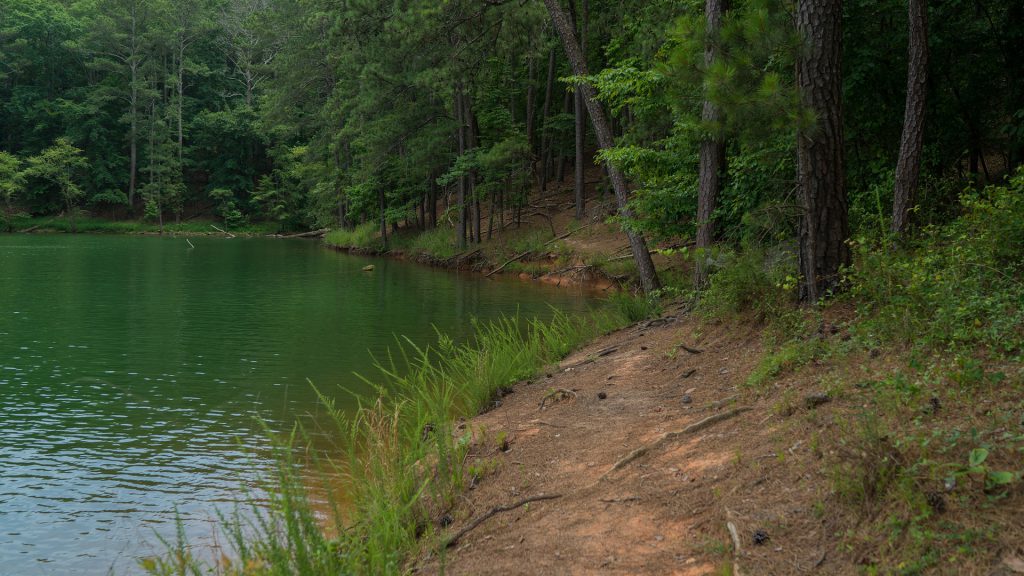
Erosion is the action of surface processes (such as water flow, wind or gravity) that remove soil, rock, or dissolved material from one location on the Earth’s crust and then transport them away to another location.
By-law respecting erosion control
The Zoning By-law requires all property owners to implement all measures necessary to control or mitigate erosion. These measures must be put in place at the very start of a project and removed only when a permanent vegetation cover has been restored.
Countering erosion effectively
Prevention : Preserving shoreline vegetation covers is undoubtedly the best way to prevent erosion. The protection of the ground’s surface prevents particles from getting carried away by the flow of water. During a project, it is important to quickly cover ground surfaces that have been laid bare.
Control : Install sediment barriers to trap particles loosed from the soil before they reach the aquatic environment.
- Fertilizers and Pesticides
What are fertilizers?
Fertilizers are organic or mineral substances used to provide nutrients to plants in order to promote their growth and boost harvest yields. They generally consist of mixes containing nitrogen, phosphorus and potassium.
What are pesticides?
Pesticides are products designed to kill insects and unwanted plants. They are harmful to living creatures and the environment.
Regulations on the use of pesticides
The Municipality regulates the use of pesticides outdoors. It also encourages citizens to favour natural means to manage their plants – and particularly their lawns – ecologically.
If all ecological alternatives prove unsuccessful against an infestation, you may file an application for pesticide use with the Municipality. A description of all the measures used to prevent or counter the problem, as well as a certificate from an expert must be filed along with the application.
Reduced-risk pesticides are not subjected to this ban.
A reduced-risk pesticide is a pesticide certified by the Pest Management Regulatory Agency (PMRA) as having minimal impact on human health and the environment.
The Municipality also prohibits the spreading of compost, fertilizers (synthetic or natural) or pesticides in the riparian zone. However, the use of phosphorus-free natural or synthetic fertilizer is authorised for renaturalization projects.
- Household Waste Reduction Strategies
The waste with the least economic, environmental and social impact is the waste that wasn’t produced in the first place.
The 4Rs
Applied daily, the 4Rs help reduce the amount of waste that we generate:
Reduce
Before purchasing something, ask yourself: « Do I really need it? »
If you answered Yes, you may still reduce! Just avoid purchasing:
- Overpackaged items
- Items packaged individually
- Single-use (disposable) items
You can also make your parties and events eco-friendly: just consult our pamphlet for tips and tricks.
Reuse
Reusing means using a product or a packaging several times, without significantly altering its appearance or properties.
Reuse by:
- Giving a second life to items you no longer want:
- Hold a yard sale: as the saying goes, « one man’s junk in another man’s treasure »! (Call or e-mail the Planning department to get your free permit.)
- Call the Ressourcerie des Frontières‘ free pick-up service: 95% of the objects they receive are diverted away from the landfill.
- Bring them to the Magog Ecocentre.
- Repairing objects instead of replacing them.
- Using reusable diapers: the Municipality offers subsidies to young families who purchase this type of diapers (click on the Enviromental Protection tab of the Financial Assistance Programs page)
Recycle
Recycling reintroduces waste into a manufacturing or transformation process to produce new items made from the same materials (e.g.: park benches made from recycled plastic bottles).
Recycle by putting all recyclable items in your blue bin for the Recyclables collection. Unsure if an item is recyclable or not? Look it up in the Good Riddance! Guide.
Recover
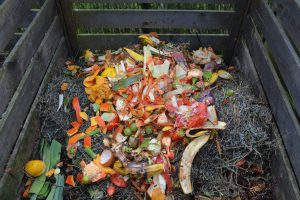
Recovering means transforming waste into a new type of material or energy. Producing compost from organic waste is an excellent example.
Recover by:
- Composting at home. Take advantage of the Memphremagog MRC’s subsidy for the purchase of a composter (under the Environmental Protection tab).
- Putting organic waste unsuited for home composting (meat, poultry, fish and seafood, dairy products, soiled pizza boxes, paper napkins, paper towels, etc.) in your brown bin for the organic waste collection.
- Grasscycle
- Mulch flower beds, gardens and the base of trees with surplus grass clippings and leaves. You can also add modest amounts to your home composter and in your brown bin.
- Invasive Species - Insects
Emerald Ash Borer
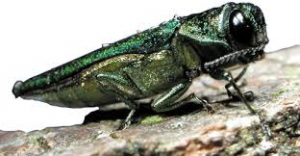 The emerald ash borer was first detected in North America in 2002, but probably arrived on this continent at least a decade earlier. Native to Asia, the beetle has proven to be highly destructive in its new range. Since its arrival, it has killed tens of millions of ash trees and continues to spread into new areas, with considerable economic and ecological impacts.
The emerald ash borer was first detected in North America in 2002, but probably arrived on this continent at least a decade earlier. Native to Asia, the beetle has proven to be highly destructive in its new range. Since its arrival, it has killed tens of millions of ash trees and continues to spread into new areas, with considerable economic and ecological impacts.The presence of the emeral ash borer was confirmed in Sherbrooke in 2017.
In early 2018, The Canadian Food Inspection Agency (CFIA) announced that the entire southern Quebec region has been added to the regulated areas where the movement of potentially infested ash commodities is prohibited.
The emerald ash borer is most commonly spread through the movement of firewood and other infested ash wood products. By moving infested firewood, this invasive species is transported quickly across large areas. Help prevent the spread of pests: Don’t Move Firewood.
For additional information on the emerald ash borer and how to prevent its spread, consult the Natural Resources Canada factsheet.
- Invasive Species - Plants
-
Giant Hogweed
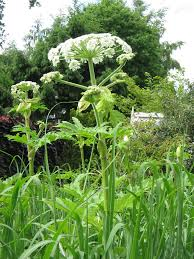 In accordance with the municipal By-law respecting harmful alien plant species (in French only), citizens are required to:
In accordance with the municipal By-law respecting harmful alien plant species (in French only), citizens are required to:- Declare the presence of Giant Hogweed (Heracleum mantegazzianum) on their property to the Municipality.
- Remove it in order to prevent propagation.
Other Invasive Alien Plant Species
While the following harmful alien plant species are not covered by by-law at this time, they also warrant watchfulness and immediate action if detected:
Aquatic plants :
- Eurasian water milfoil (Myriophyllum spicatum) :
Terrestrial plants :
- Japanese knotweed (Fallopia japonica)
- Invasive phragmites (Phragmites australis)
- Invasive common (European) buckthorn (Rhamnus frangula or Frangula alnus)
Prevention, early detection and immediate action are key measures in combatting harmful invasive species.
Here are a few prevention tips:
- Don’t throw out aquatic species in nature or in sewers. Live animals as well as plants and fragments of plants can survive in our waters and potentially reproduce. They can also transport bacteria and parasites that could affect our native species.
- If you have a watercraft:
- Remove all debris (mud, plants, fish, bait) and throw it away from the lake or stream.
- Empty the motor’s bilge water and the fish tank away from the lake or stream.
- Clean the trailer, boat and other equipment throroughly.
- Inspect your watercraft and equipment.
- Repeat this operation every time you take your boat out on the water.
- Do not bring back plants from other countries. A plant admired abroad can behave very differently in Quebec, especially if it lacks natural predators. This is one of the reasons why the importation of plants is strictly controlled in Canada.
- Exercise caution in plant exchanges. Many plants now considered invasive species were once sold in nurseries as « ornemental beauties, » so a participant may well be unaware that the plants he intends to exchange are harmful.
- Disturbed soil and bare ground are particularly welcoming. As soon as your project is completed, seed grass or flowers, or plant shrubs to prevent undesirable plants from settling in.
- Inspect your property regularly, especially along boundaries, fences, roads and trails, in ditches, and along streams and lakes.
If you spot an invasive plant, ACT IMMEDIATELY!
- Storm Water Management
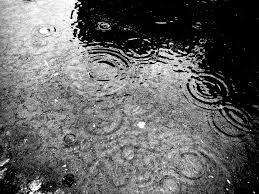 The sustainable management of storm waters is an important factor to take into account when planning the landscaping of a property.
The sustainable management of storm waters is an important factor to take into account when planning the landscaping of a property.Indeed, rather than trying to drain the water overflow as quickly as possible, the preferred strategy calls for onsite water detention and a slower rate of drainage to prevent erosion and the contamination of lakes and streams.
The pamphlet Sustainable Storm Water Management acquaints you with the phenomenon of storm water runoff and proposes a number of measures that each citizen can take to promote a better infiltration of rain water into the ground and using rain water in a sustainable manner.
Financial assistance for the purchase of a rain barrel
The rain barrel provides a means to mitigate storm water runoff and reduce drinkable water use.
Collected rain water can be used to water the garden and clean outdoors.
Citizens may take advantage of the MRC de Memphrémagog’s program, which offers a rebate on the purchase of a rain barrel. For more information, consult the Financial assistance page (under the Environmental Protection tab).
- Tree Felling
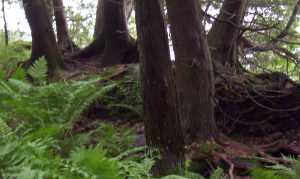
In Austin, it is strictly prohibited to cut a tree unless it is dead, sick or dangerous.
Applicable fines are established under Section 233.1 of the Act Respecting Land Use Planning and Development.
They can add up to thousands of dollars.Consult a municipal inspector before cutting a tree.
Pruning
Pruning a tree (cutting the branches and/or the top so that only the trunk is left) is prohibited. Fragile or dead branches, and branches that pose a danger to the immediate surroundings may be cut, however.
The top of the tree and the branches may be trimmed in a minor way:
- for ornamental purposes (to balance the profile of a tree)
- for security reasons (proximity to electrical wires, a building or another tree)
- for production purposes (fruit trees).
Tree felling regulations are found under sections 50 to 53 and 100 to 116 of the Zoning By-law (in French only).
Commercial Forestry Operation
On the territory of the MRC de Memphrémagog, rules respecting commercial tree felling have been established to ensure the sustainable management of our forests.
The forestry operations and rates of harvesting authorised by municipal by-law aim to minimize visual impacts, protect the forest’s caracteristics and increase long-term cost effectiveness. Moreover, these measures help preserve significant ecological zones, landscapes, fragile physical environments and water quality.
In Austin, a certificate of authorisation is mandatory for any commercial forestry operation.
- Vehicle Idling
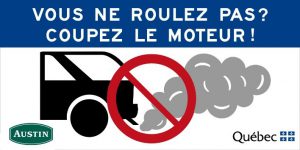 The purpose of the Municipality’s Anti-Idling By-law is to reduce the emission of greenhouse gases produced by unecessary vehicle idling.
The purpose of the Municipality’s Anti-Idling By-law is to reduce the emission of greenhouse gases produced by unecessary vehicle idling.In Austin, it is prohibited let a vehicle idle for more than 3 minutes, even in winter.
Exception:
Heavy-duty diesel vehicles may idle for a maximum of:
- 10 minutes from November 1 to March 31
- 5 minutes the rest of the year.
- Wetlands
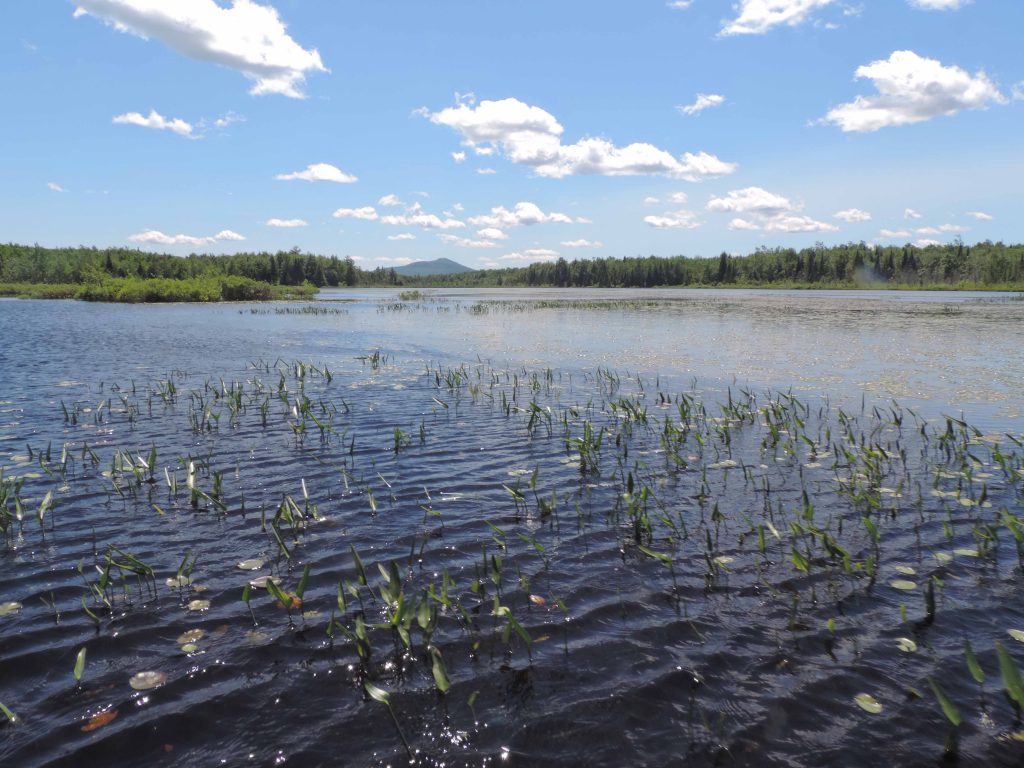
The Millington Bog
A beneficial link between land and water
Wetlands are parcels of land that are flooded or water-logged during part of the year. As natural regulators, they retain water surpluses, thereby mitigating flood damages and shoreline erosion. Wetlands filter and purify water, sustain the habitats of both fauna and flora and are home to an exceptional biodiversity.
A third of Canada’s endangered species depend on the wetlands for their life cycle.
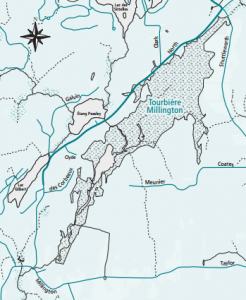 The Millington Bog
The Millington BogThe Millington Bog covers an area of 264.11 hectares. Located in the heart of Austin and within the Lake Memphremagog watershed, the bog sustains a great biodiversity and helps to maintain the lake’s water quality.
ALL wetlands in Austin are subjected to specific provisions in our regulations.
Certain types of work are strictly prohibited in wetlands, while others are permitted with restrictions. Before undertaking a project near a wetland, contact a municipal inspector.
For additional information on wetlands, please contact Environmental Services.

